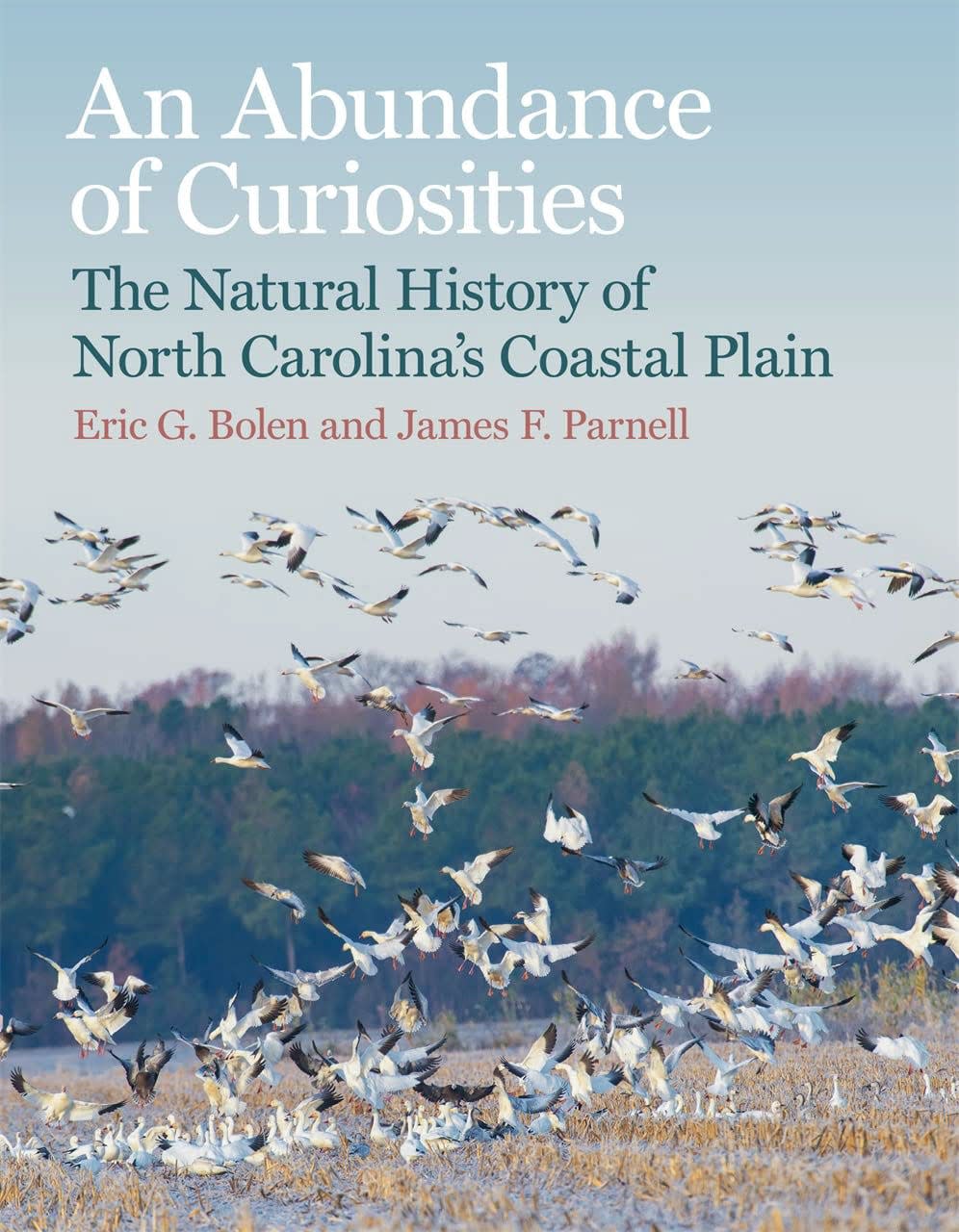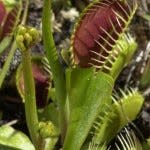Two retired UNCW professors wow with new nature book on North Carolina's Coastal Plain

Generations of University of North Carolina Wilmington students were inspired by Eric G. Bolen and James F. Parnell, two professors who were towering figures in UNCW's biology department.
Bolen wrote books and papers on wildlife ecology, while Parnell literally wrote the guidebook to birds of the Carolinas, as well as volumes on the state's mammals and freshwater fishes.
The two men are officially retired now (the academic term is "professor emeritus"), yet both stay very busy. Witness their new book, "An Abundance of Curiosities: The Natural History of the North Carolina Coastal Plain." It is a remarkable text.
Like Julius Caesar's Gaul, North Carolina is divided into three parts: The mountains in the west and the rolling foothills, or Piedmont, in the middle. Beginning at the fall line — where the rivers have their first waterfalls — is the wide Coastal Plain, where sedimentary rocks take over from the metamorphic, and the land is gently flat, sloping on to the ocean.
As the title suggests, the region is filled with wonders. North of Cape Lookout, the barrier islands flare far out into the Atlantic, creating the Outer Banks and enclosing the huge shallow lagoons, or sounds. Along with the legendary wild ponies, the Banks provide a haven for seabirds and sea turtles.

Closer to Wilmington, the Coastal Plain is the native home of the Venus' flytrap, one of a whole garden of species of bug-eating plants. Lake Waccamaw is the largest of the "Carolina bays," the unique, oblong ponds and bogs that all seem somehow aligned with each other. (Few scientists today accept the theory that the Carolina bays were formed by a massive meteor shower, but no better explanations have been advanced.)
The mouth of the Cape Fear River forms a way station for migrating birds of all kinds, especially seabirds and shorebirds.
"An Abundance of Curiosities" offers a fine overview of all this, illustrated with plenty of striking color photographs. Boles and Parnell write in prose that's readily accessible to the average reader, making this book ideal for students and amatuer nature lovers.
More: Leland author heads South for his well-told murder mystery 'Blood on the Bayou'
One of their best chapters is a survey of the European and early American naturalists who first witnessed these wonders, from John White (the artist on Sir Walter Raleigh's Roanoke Island expedition) to John Lawson, to Mark Catesby (an important, almost forgotten predecessor of Audubon's) to the Quaker plant-hunters John and William Bartram. (Native Americans, of course, lived in this area centuries before whites arrived.)
In the 1820s, Alexander Wilson captured a wounded ivory-billed woodpecker near Scots Hill. He brought it to a hotel room, but the giant woodpecker, with a wingspan of nearly 3 feet, quickly pecked a fist-sized hole in the plaster. The ivory-billed woodpecker is extinct now, since humans cleared out its favorite habitat of dead, decaying tree trunks. So is the green Carolina parakeet, which once flitted through Lower Cape Fear pine forests. (Bolen and Parnell include a sidebar on this delightful little bird.)
More: As Wilmington's film industry surges, the independent film scene rises along with it
In the early 1900s, North Carolina State University botanist B.W. Wells first sighted "the Great Savannah" — a massive natural flower garden, full of insectivorous plants — from the window of an Atlantic Coast Line passenger car near Wallace. The Great Savannah is gone now, plowed up for agriculture in the 1970s and 1980s, but a replica, the B.W. Wells Savannah, has been created from the rights-of-way for Duke Energy's massive power lines.
The Coastal Plain can be inspiring. Rachel Carson, author of "The Silent Spring," essentially began her career as a naturalist with a trip to Beaufort, N.C., in 1938.
Things are changing, the authors note. Wood storks,which normally nest far to the south, have been moving into North Carolina swamplands since 2005. (The wood storks like to be near alligators, which prey on the raccoons that prey on stork eggs.) Manatees are being spotted in Tar Heel waters more and more often..
Bolen and Parnell end their book with an impassioned appeal to save endangered species.
One major flaw in this volume is the lack of an index, but the authors have added extensive bibliographies at the end of each chapter for those who want to learn more.
BOOK REVIEW
'AN ABUNDANCE OF CURIOSITIES:
The Natural History of the North Carolina Coastal Plain"
By Eric G. Bolen and James F. Parnell
Athens, Ga.: University of Georgia Press
This article originally appeared on Wilmington StarNews: Retired UNCW professors pen nature book "An Abundance of Curiosities"

